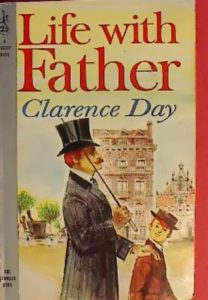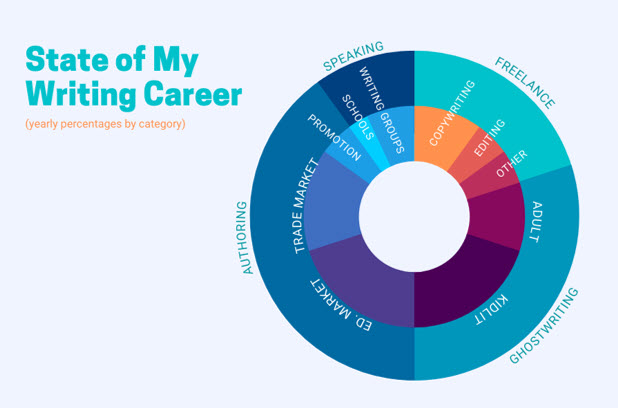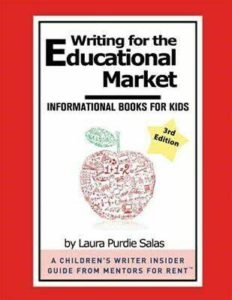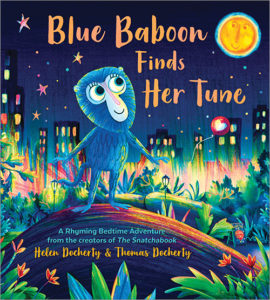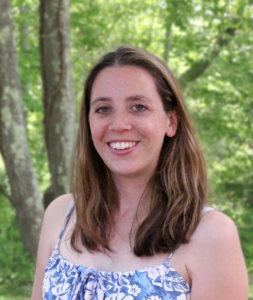 This month’s Industry Insider is Frances Gilbert, Editor-in-Chief at Doubleday Books for Young Readers/Random House Children’s Books. In addition to editing some of the top picture book writers working today, she also authored the picture books Go, Girls, Go! and Too Much Slime!, as well as numerous Step Into Reading titles and an abridgment of The Secret Garden. Among other things, Frances is well known for offering clear, supportive writing advice on social media and at writing conferences.
This month’s Industry Insider is Frances Gilbert, Editor-in-Chief at Doubleday Books for Young Readers/Random House Children’s Books. In addition to editing some of the top picture book writers working today, she also authored the picture books Go, Girls, Go! and Too Much Slime!, as well as numerous Step Into Reading titles and an abridgment of The Secret Garden. Among other things, Frances is well known for offering clear, supportive writing advice on social media and at writing conferences.
Let’s get to the interview to hear some of that wisdom ourselves firsthand!
RVC: At what point did you realize you were absolutely going to work in publishing?
FG: I grew up in a blue collar family in a blue collar town where people didn’t have jobs like the one I have now. When I got to University of Toronto, I was surrounded by élite students whose parents had jobs I didn’t even know existed.
One friend’s mother was a sales rep at a big publisher. I asked if I could visit her office and as soon as I saw the stacks of books in everyone’s cubicles, I decided it was the place for me. She actually tried to talk me out of it! I think she was pretty burnt out. But in my head I kept thinking, “Nope, nope. This is what I’m going to do.”
RVC: What happened next?
FG: A couple of lucky breaks. A friend noticed a posting on a job board at University of Toronto while I was finishing my Master’s degree in English. It was for a Book Club Editor at Scholastic Canada. I knew I wanted to work in publishing but had my sights set on literary fiction. I applied anyway and was hired by the brilliant and wonderful Iole Lucchese, who thankfully read to page two of my resume and saw that I’d worked in the children’s department of my town library for four years in high school. She saw potential that I’d completely missed. Within days of starting, I knew I wanted a career in children’s books.
RVC: What kind of duties does a Book Club editor have?
FG: A Book Club Editor manages the monthly book club—those flyers we all ordered from as kids. My responsibility was to select and purchase the Canadian content for each list, in addition to writing the copy and hitting monthly financial targets, so I was essentially a book buyer with a large business to manage and account for. I met with every Canadian publisher a few times a year and liaised with my counterpart in the New York office. Looking back, I still can’t believe they gave me such a big job. It allowed me to leap over assistant and associate positions and start right in the deep end. I was so lucky.
RVC: This might seem like a silly question, but I know people are wondering. Were books being published by Scholastic Canada solely for the Canadian marketplace?
FG: Like any publisher, Scholastic Canada publishes primarily for their own country first, the Canadian marketplace, but not exclusively. Every publisher also has an international sales and foreign rights team who both sell English language copies around the world and license the rights to foreign translations.
RVC: How much French did you pick up while there?
FG: I lived in Canada from age five till I was thirty and took French in school through my second year of university, so I can get around in French at a schoolgirl level.
RVC: Très cool! Now, what are your thoughts on the Tim Hortons Double Double?
FG: I picked up a Tim Hortons Double Double each morning on my way to work. I still hit one up as soon as I land in Canada. Not Double Double anymore, but it’s still my favorite coffee.
RVC: Before getting to Doubleday where you’re at now, you spent a good bit of time working at Sterling (for those of you who don’t know, it’s owned by Barnes & Noble).
FG: Sterling was family-owned when I was hired. I knew them as one of my suppliers for Book Clubs and Book Fairs. I bought books from them. The owner wanted to start a children’s editorial division and asked if I was interested in moving to New York to set one up. I was twenty-nine when I got the offer, and had never actually edited a book, as my position was as a buyer and product manager.
RVC: What were some of the highlights of working at Sterling?
FG: Looking back, Sterling’s family-owned, maverick spirit was certainly a highlight. They were nimble and independent and could take chances. When I protested during my interview that I had no editorial experience, they said, “You’ll learn!” And I did! I’ve often described those early years as “I’ve got a barn, let’s put on a show.” I was teaching myself a lot of stuff on the spot, but I had their full support to find my place. I’ll always be grateful to the former Sterling owners and executives for what they did for me. We had a large and very profitable children’s business when I left twelve years later.
RVC: How is working for Doubleday (a Big 5 publisher) different than what you experienced at your previous editorial jobs?
FG: The feeling of coming to Random House was definitely that of arriving at the Mother Ship. It’s impossible not to be impressed by basically everything–the resources, the systems, the offices, the history, the authors, the backlist, the bestsellers, the brilliant and in many cases legendary staff. But in some ways, my job was very similar to the one I left. Doubleday Books for Young Readers hadn’t published anything for a number of years when Chip Gibson, then the President of Random House Children’s Books, asked me to come over and see what I could do with it. Just like when I started at Sterling, I had to build a business from the ground up, so that was a task I was really comfortable with at that point.
RVC: Let’s help some of the aspiring writers out there. What’s a common misconception about kidlit editors?
FG: I know our industry can feel opaque when you’re trying to break in. One thing I always let people know is that we’re always earnestly trying to find exciting new works. I think people have the idea that we enjoy rejecting things, when in truth it’s the opposite. We’re always avidly trying to find great writing. We don’t enjoy saying “No” as often as we must. “Yes” is always more exciting.
RVC: What kind of things are you most looking for with picture book submissions?
FG: I’m always looking for that intangible thrill you get when you read something and it grabs you, either because it’s incredibly unique or stunningly beautiful or blistering funny. It’s hard to quantify but I know it when I see it. One thing none of us are looking for is formulaic writing. I do worry that picture book manuscripts fall into this category too often. I’m not looking for anything that simply ticks a lot of boxes that someone has heard in a seminar. That’s not how it works.
RVC: One more question for aspiring writers—what are your feelings on art notes?
FG: If I don’t know what you envision happening in the book without art notes, then give me art notes. It’s that simple. I don’t understand why people worry about them so much.
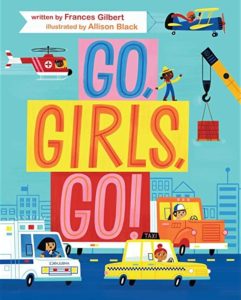 RVC: In November 2019, you tweeted, “Gulp, so I’m a published book author.” How did your debut picture book Go, Girls, Go! come about?
RVC: In November 2019, you tweeted, “Gulp, so I’m a published book author.” How did your debut picture book Go, Girls, Go! come about?
FG: I actually wrote Go, Girls, Go! as a sort of practice piece. I was thinking about how most cars and trucks books have male characters behind the wheel and wondered what one would look like if we featured girls instead. I wrote it quickly and then put it away for a couple of years, never meaning to have it published. But I kept stumbling across it and finally shared it with a handful of editors. Andrea Welch at Beach Lane / Simon & Schuster clicked with it and made me an offer, and I ran about my apartment screaming. The feeling was as if I’d never set foot in the industry before. It was such a thrill.
RVC: What was the most important lesson you learned thanks to that book?
FG: I learned how important it is for authors to roll up their sleeves and really hustle for their books. It became like a second job to me in the evenings, writing to people, begging for favors, posting online. Now that I’ve done it myself, I feel even more emboldened in expecting it of the authors I work with.
RVC: How do your various identities—editor and author—inform each other?
FG: Certainly as an editor I can already envision how a manuscript I’m writing will fit into a publisher’s program—how it will be pitched at list launch, how it will be positioned within the larger list of books, what kind of marketing hooks the sales, marketing, and publicity team can use to help them sell and promote the book. Basically, all the things I think about when I’m acquiring, I also think about when I’m pitching one of my own manuscripts.
RVC: You’ve gone on to publish more picture books. Which one has the most unusual path to publication story?
FG: I have a new picture book coming out with Beach Lane / Simon & Schuster next spring. I wrote it during the first summer of the pandemic after receiving an email from an environmental group in my neighborhood. The subject line of the email sparked an idea and I immediately went out on my deck and wrote Can You Hug a Forest? I felt like I knew the entire manuscript in that one second; it just landed in my head and there it was. One moment you’re not thinking about writing something, the next moment you have an entirely new manuscript to share with your editor.
RVC: Do reviews hit you differently as a writer versus an editor?
FG: I’m thick-skinned as both an author and an editor and can easily read a negative review and think, “Well, you didn’t understand what I was trying to do, and that’s too bad for you that you’re missing out on something really nice.”
RVC: In all of your experience as a picture book author, what has surprised you the most?
FG: How much I love doing it! I was an editor for close to twenty-five years before it even occurred to me to write something. I can’t explain why; it just never crossed my mind. Being a writer has opened up a whole new part of my imagination.
RVC: What’s next for you as a picture book author?
FG: Outside of Can You Hug a Forest?, which comes out next May, I don’t have a new manuscript in the works. I have to get on it!
RVC: Here’s one last question for this part of the interview. Who sets the standard for picture book rhyming?
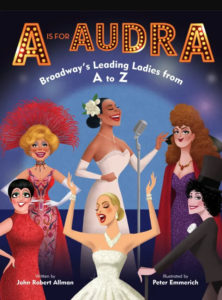 FG: John Robert Allman, author of A Is for Audra and B Is for Broadway on my list at Doubleday. He uses rhyme so smartly to add sass and humor. It’s brilliantly inventive, like he’s landing a quadruple axel in each line.
FG: John Robert Allman, author of A Is for Audra and B Is for Broadway on my list at Doubleday. He uses rhyme so smartly to add sass and humor. It’s brilliantly inventive, like he’s landing a quadruple axel in each line.
RVC: Alright, Frances. Now it’s time for THE SPEED ROUND. Boomy-zoomy question followed by zappy-cracky answers, please. Are you ready?
FG: Hit me.
RVC: What would you most want—personal chef, maid, or a masseuse?
FG: Paul Hollywood baking in my kitchen all day.
RVC: What makes you roll your eyes every time you hear/see it?
FG: The phrase “cancel culture.”

RVC: If someone narrated your life, who would you want to be the narrator?
FG: The actor Samuel West, who has the most perfect voice on the planet.
RVC: What’s your editing superpower?
FG: I make really quick decisions. I know what I like the second I see it.
RVC: What’s a picture book you;ve edited that’s more awesome than the world realizes?
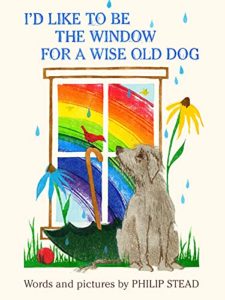 FG: Philip Stead’s I’d Like to Be the Window for a Wise Old Dog is an absolute masterpiece. Everyone who reads it will see I’m right. I don’t think it gets any better than this.
FG: Philip Stead’s I’d Like to Be the Window for a Wise Old Dog is an absolute masterpiece. Everyone who reads it will see I’m right. I don’t think it gets any better than this.
RVC: Your picture book philosophy in five words or fewer?
FG: “Grab me from line one.”
RVC: Thanks so much, Frances! This has been delightful.
FG: Thank you for your great questions!


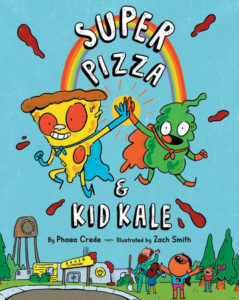
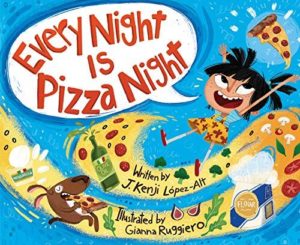
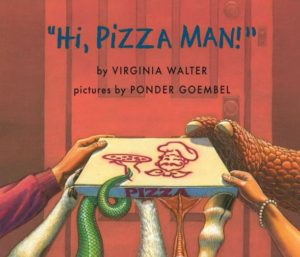
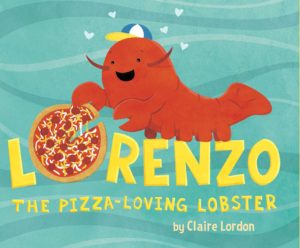
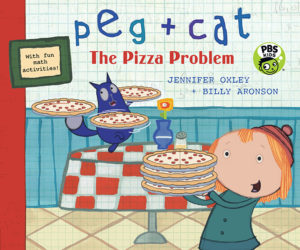
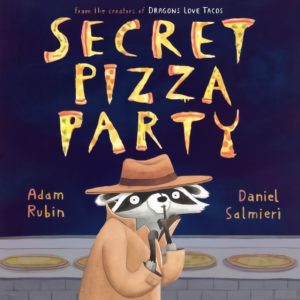
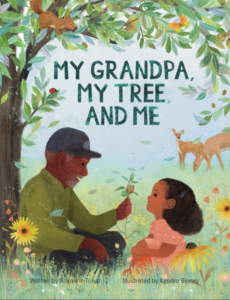
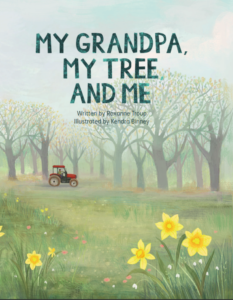
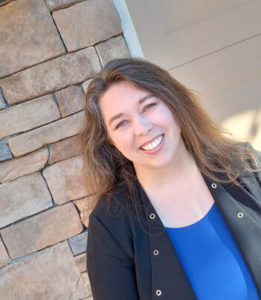 Welcome to Roxanne Troup, the subject of our September Author Interview.
Welcome to Roxanne Troup, the subject of our September Author Interview.